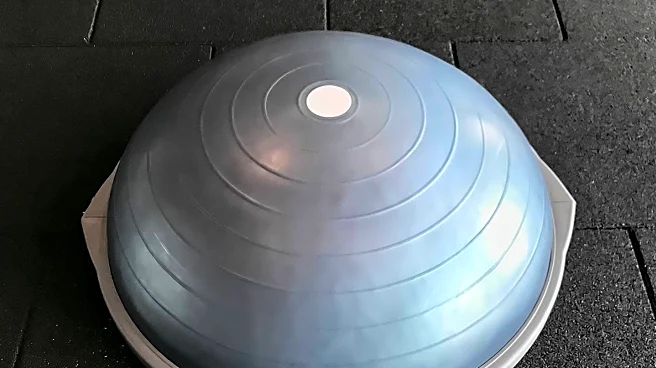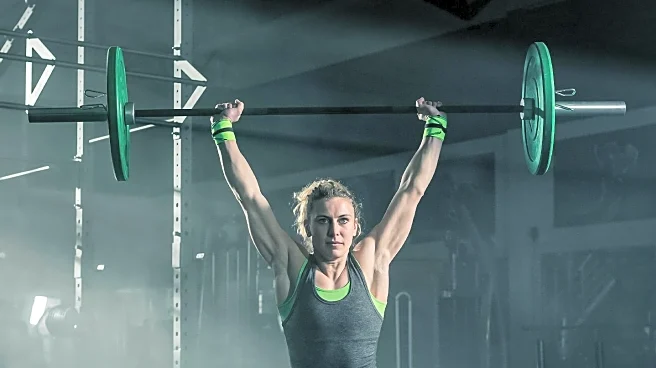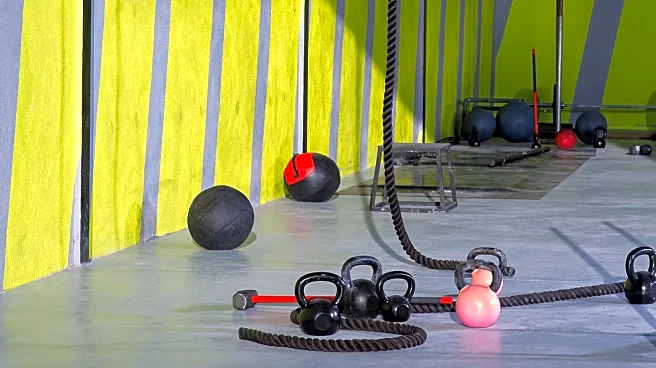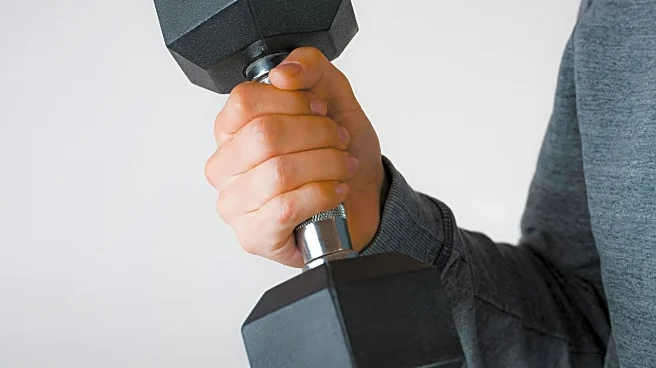What's Happening?
Experts emphasize the significance of balance training, particularly the ability to balance on one leg, as a crucial component of physical health. Dr. Gillian Wooldridge from Houston Methodist Hospital
explains that balancing on one leg is a daily activity, essential for walking and climbing stairs. Amanda Beaty, a physical therapist at Duke Health, notes that falls can drastically affect older adults' independence and health. Balance training, including exercises like tai chi and dance classes, can improve coordination and reduce fall risk. Strength training, especially focusing on the legs, hips, and core, is also vital for maintaining balance and preventing falls.
Why It's Important?
The ability to balance on one leg is linked to overall health and longevity. Poor balance can increase fall risk, leading to injuries that compromise mobility and independence, particularly in older adults. Maintaining balance is associated with better health outcomes and reduced frailty. Strength training supports balance by enhancing muscle strength, which is crucial for preventing falls. This focus on balance and strength training can lead to a healthier, longer life, reducing the likelihood of hospitalizations and maintaining independence.
What's Next?
Individuals are encouraged to incorporate balance exercises into their routines, starting with simple practices like standing on one leg with support. Consulting healthcare professionals for personalized balance improvement plans is recommended, especially for those experiencing recurrent falls. As awareness of the importance of balance training grows, more people may engage in activities like tai chi and dance classes to enhance their coordination and reduce fall risk.
Beyond the Headlines
The emphasis on balance training highlights broader health implications, including the potential to mitigate conditions like diabetes and heart disease that affect balance. This approach underscores the interconnectedness of physical fitness and overall health, advocating for proactive measures to maintain independence and quality of life as people age.











